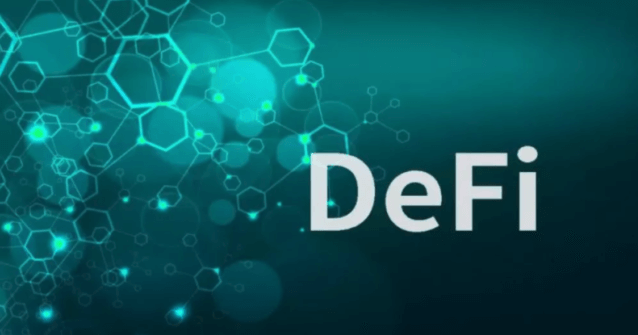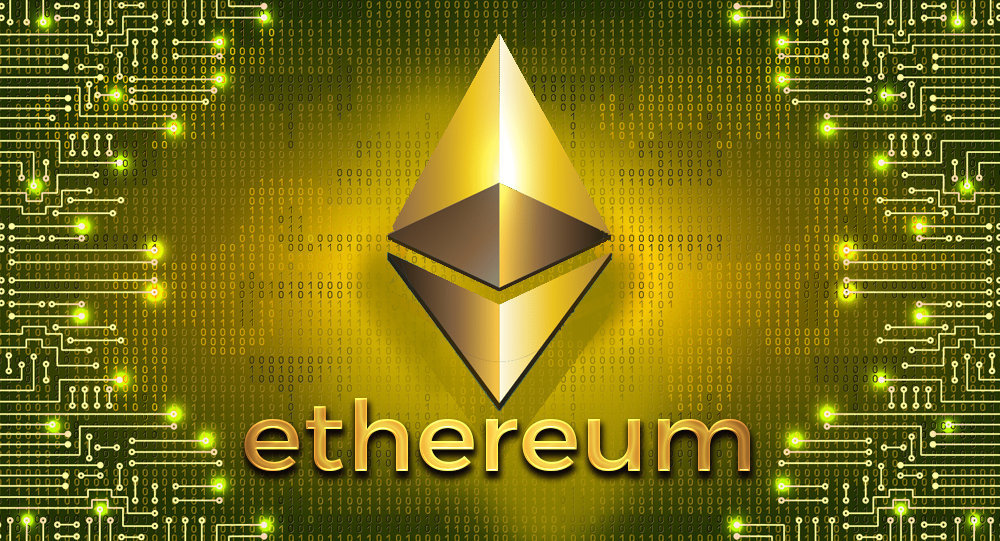According to new research, there are 12 non-financial risks on Ethereum Dapps right now but they are not the biggest concern for the DeFi users as we can see in today’s Ethereum news.
According to a new report that was released over the past week from the research company Brave New coin, Defi projects are overrun by scalability, centralization, smart contract vulnerability, compostability risks among others. DeFi projects surged since mid-2020 despite being here for a few years. The launch of the borrowing dapp Compound that offered yields of 100% on trading pairings, boosted in an era of new decentralized innovations such as trustless trading, tranches, credit lending, and earning fees on swaps.
These advancements however carry great risks. Xavier Meengan who was the author of the research said that most DeFi apps are associated with risks stating that he found out about these vulnerabilities using research rather than opinion and here’s what he had to share.
The risk of ETH experiencing network congestion that results in high gas fees, lead to DeFi applications not working as intended. A DeFi protocol will malfunction if there’s too much stress on the network that can lead to trades and paused withdrawals as well as the loss of funds due to the repetition that user input or a smart contract not operating as intended. Also, speaking of “re-entrancy” could happen when a contract sends ETH before updating the internal state. Such a risk means a rouge contract keeps requesting ETH before the update which could lead to a possible situation where ETH is sent.
Unhandled exceptions vulnerability can also happen when not all failed “calls” raise an exception on Solidity and this scenario happens when there’s no enough gas to execute an operation or when the call stack limit was exceeded. Apart from the 12 non-financial risks, Meegan identified others as well:
- Oracle risks take place when a blockchain is inputted with wrong values that operate as normal. Blockchains are stores of value but they cannot verify the real authenticity of the data that is inputted which means a smart contract will get updated with wrong information which can lead to a widespread attack on the network.
- Another type of risk is the comparability risk which is identified as the interconnectedness of some DeFi platforms with each other for their operation. This interdependency creates a “money lego” system which is very similar to “how traditional finance was before the Globe Financial Crisis in 2007.”
According to the data, a $17 billion Defi market accounts for 3.18% of the crypto space which means these risks if they remained unattended, will leave a huge impression on the sector for the years to come.
DC Forecasts is a leader in many crypto news categories, striving for the highest journalistic standards and abiding by a strict set of editorial policies. If you are interested to offer your expertise or contribute to our news website, feel free to contact us at editor@dcforecasts.com

























Discussion about this post